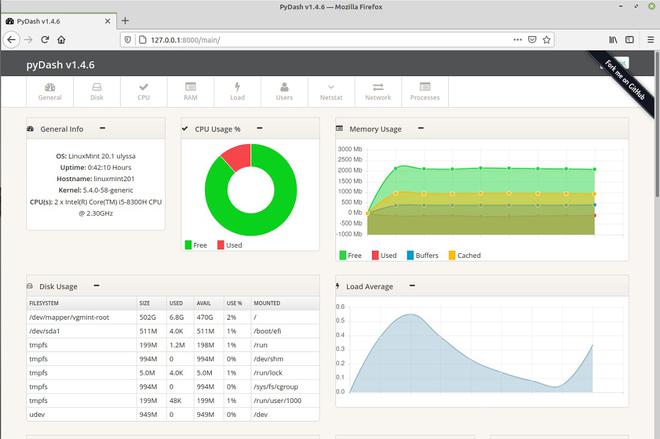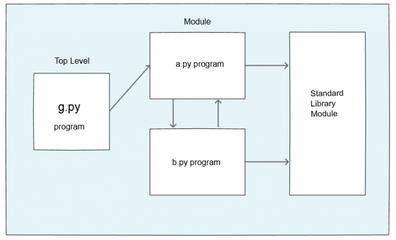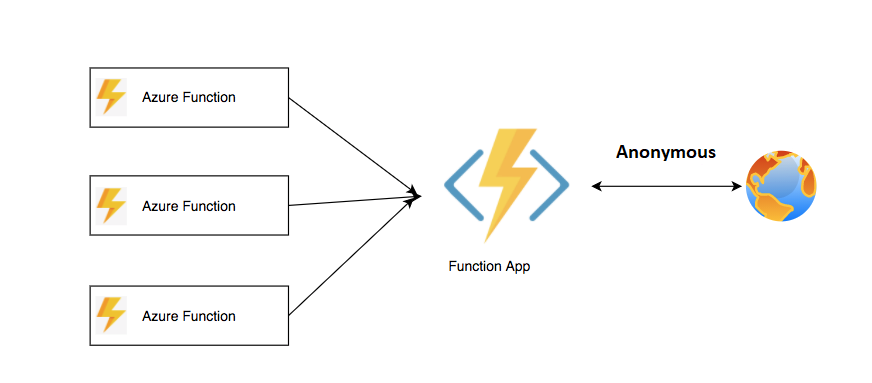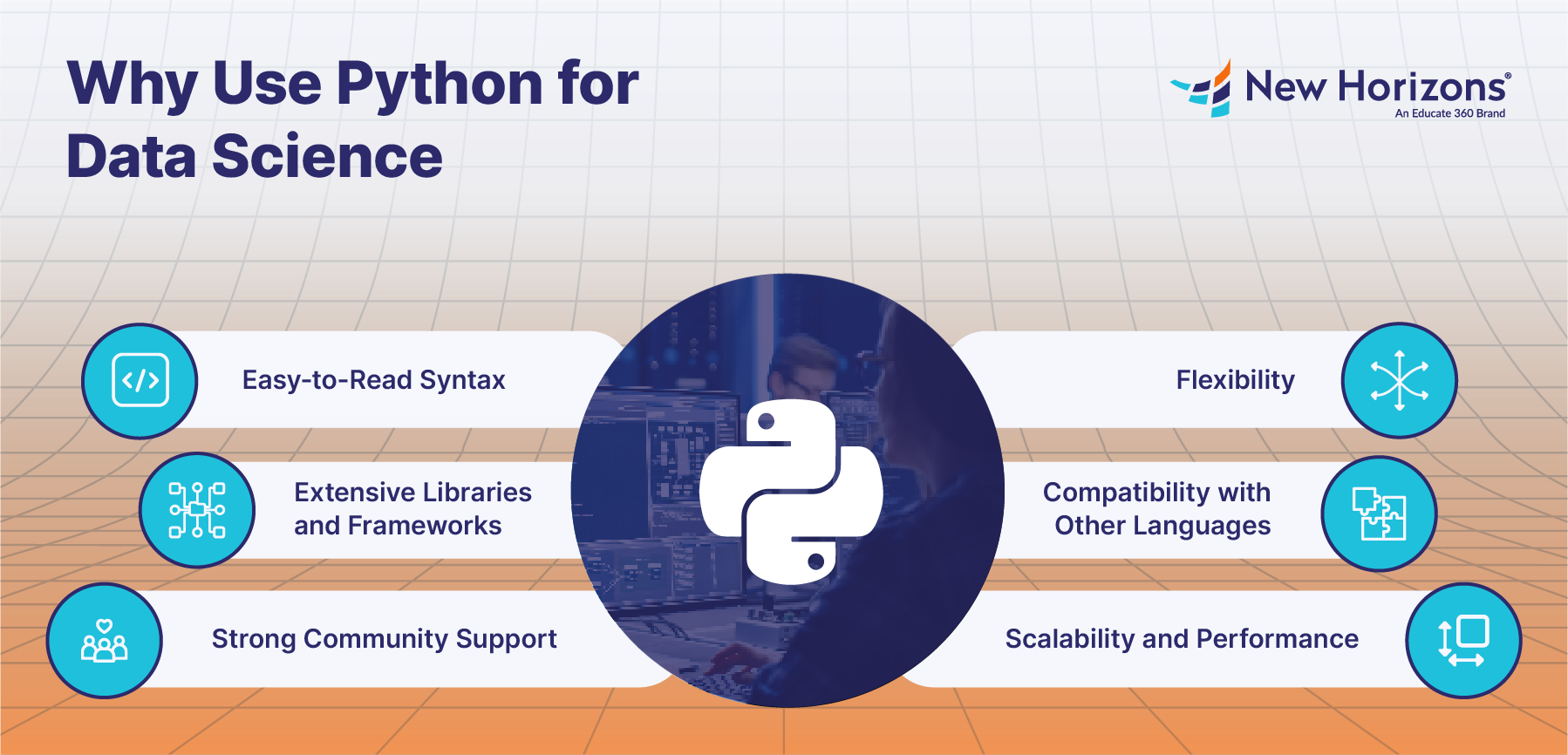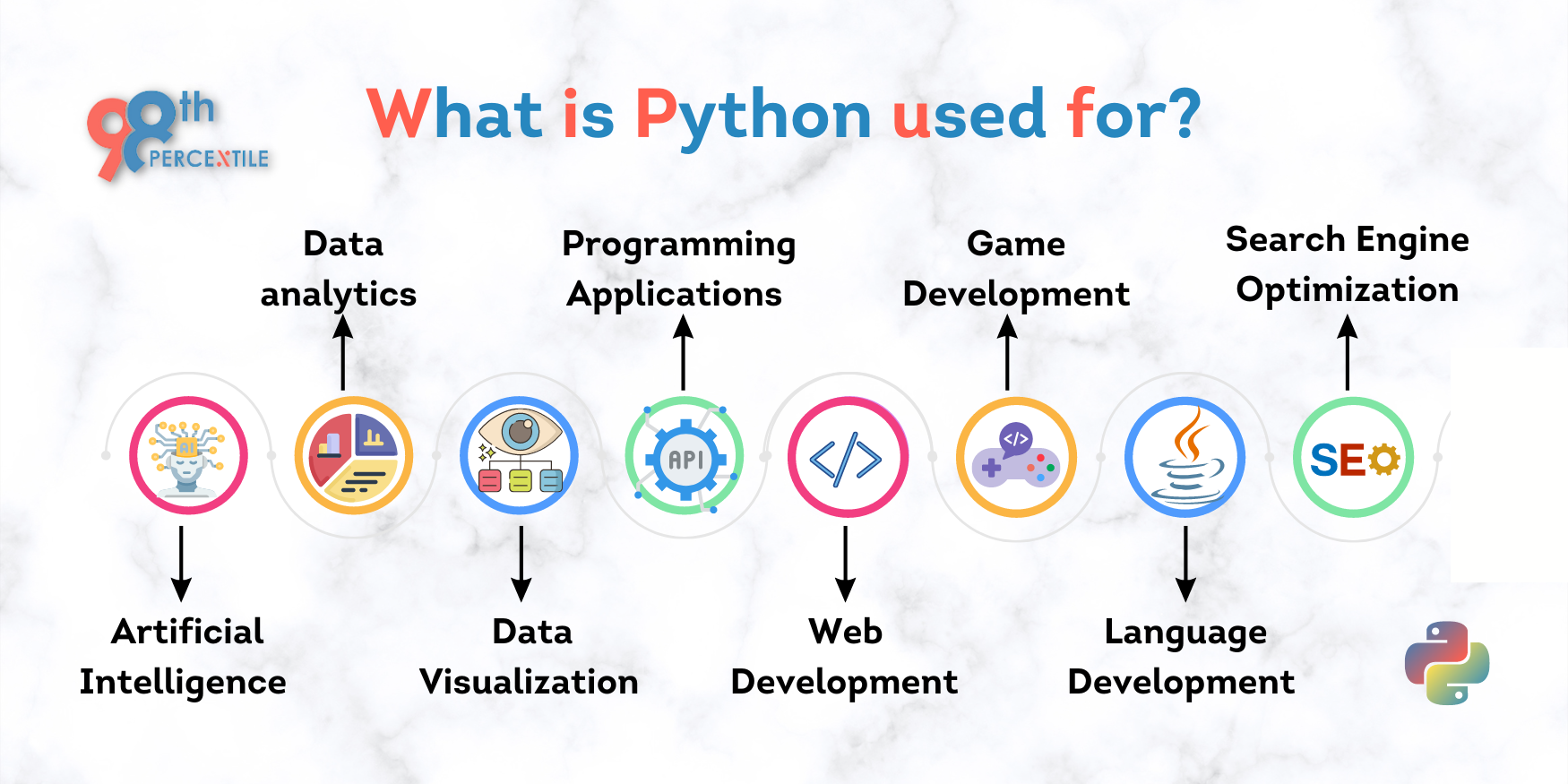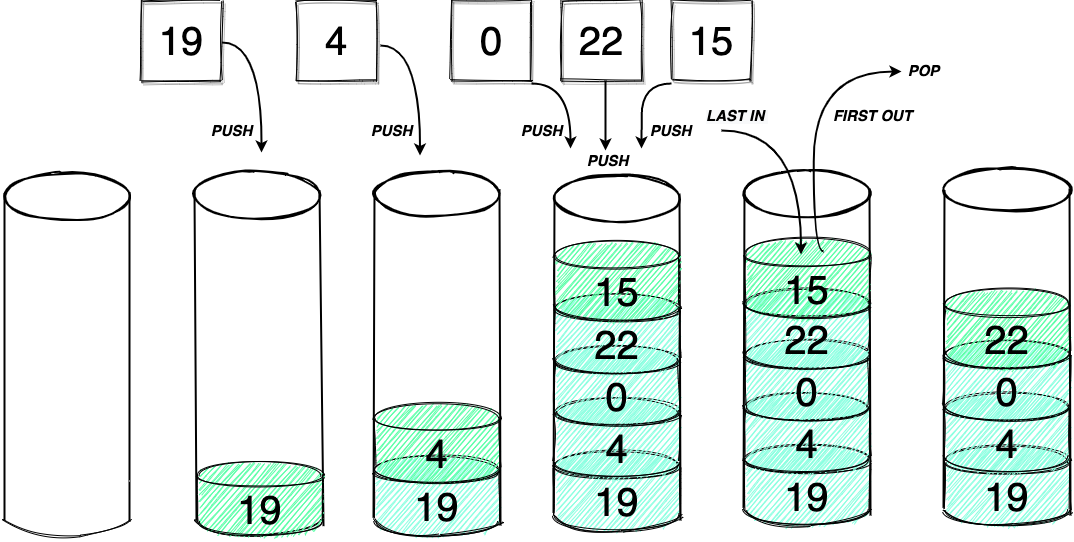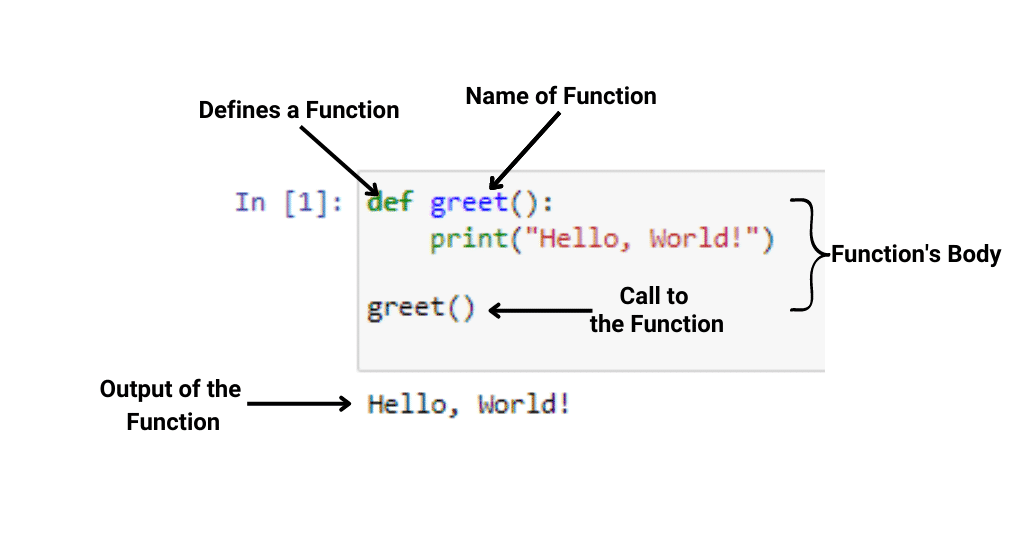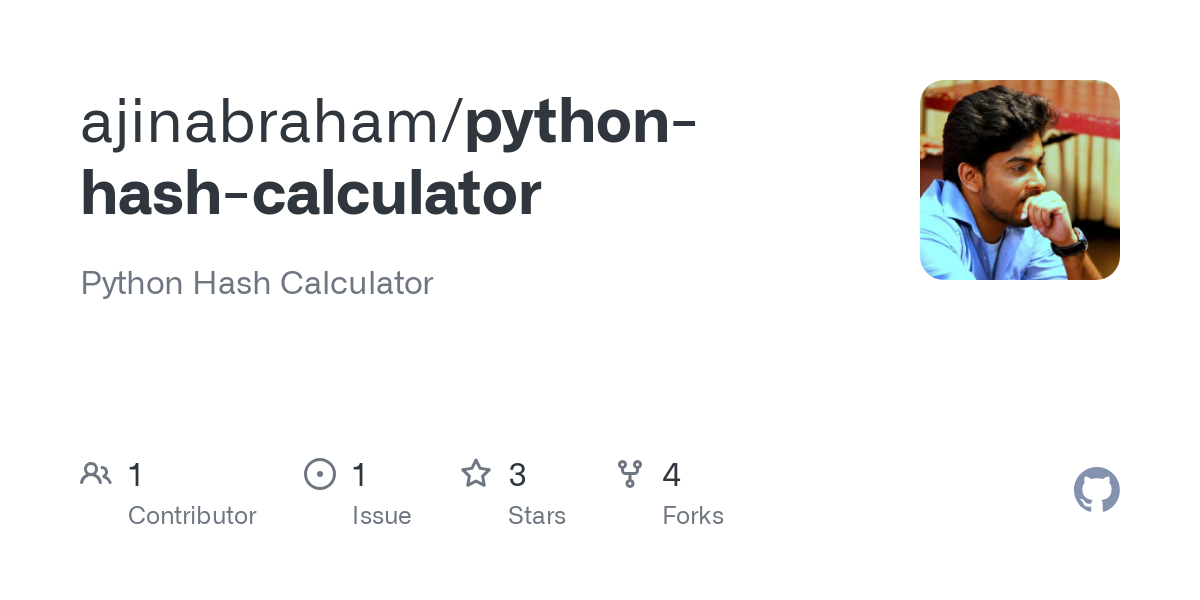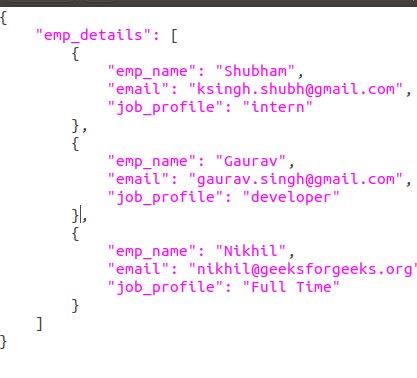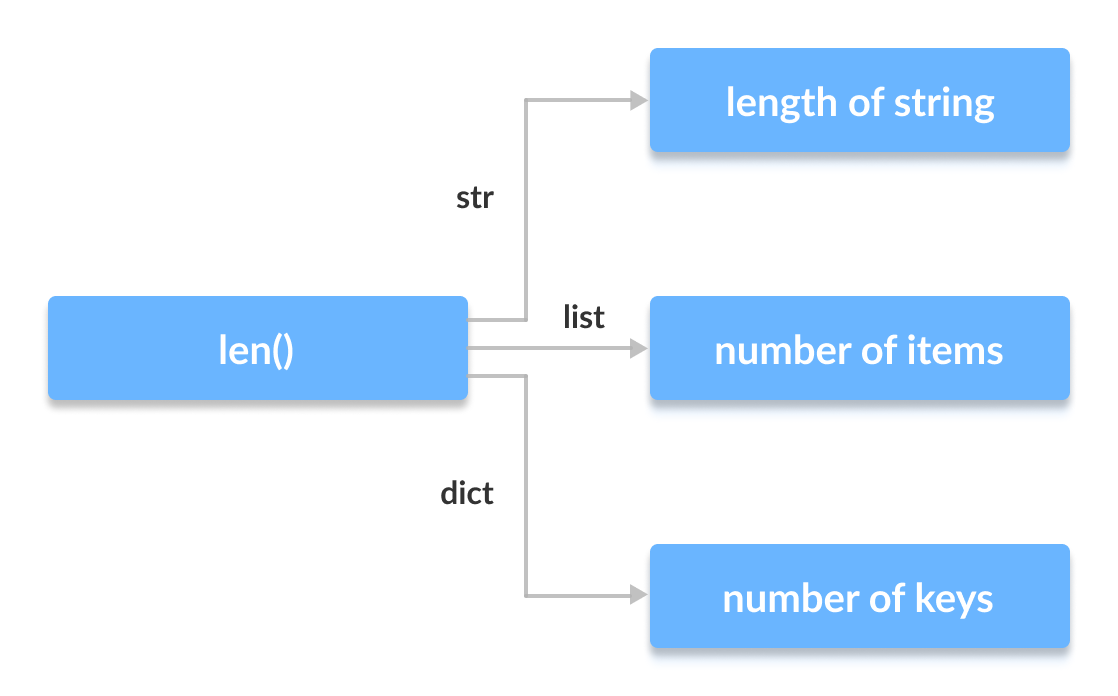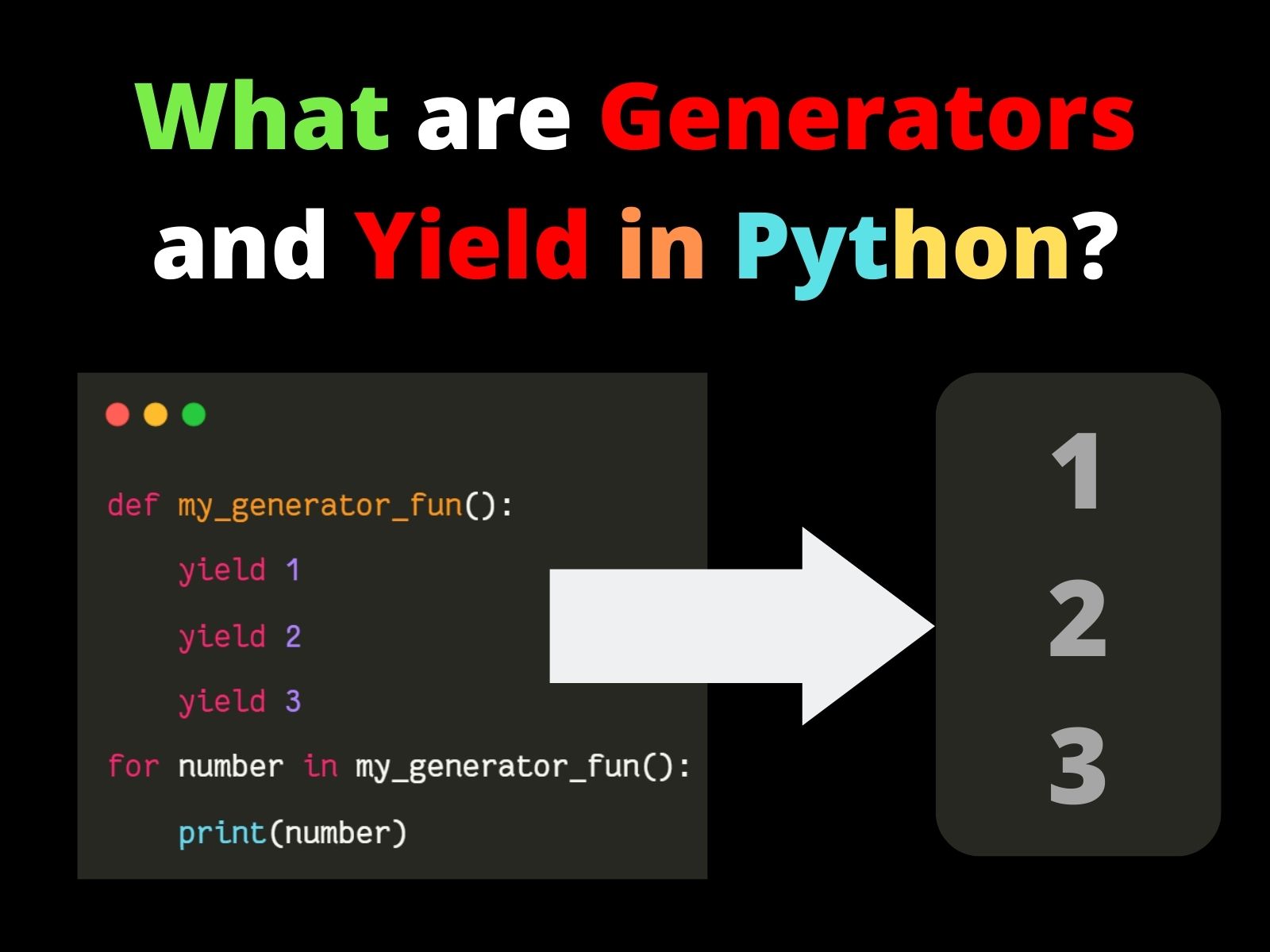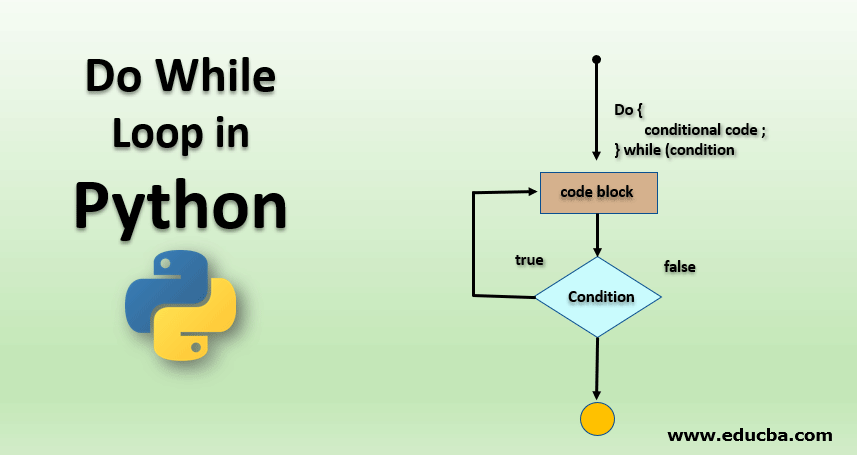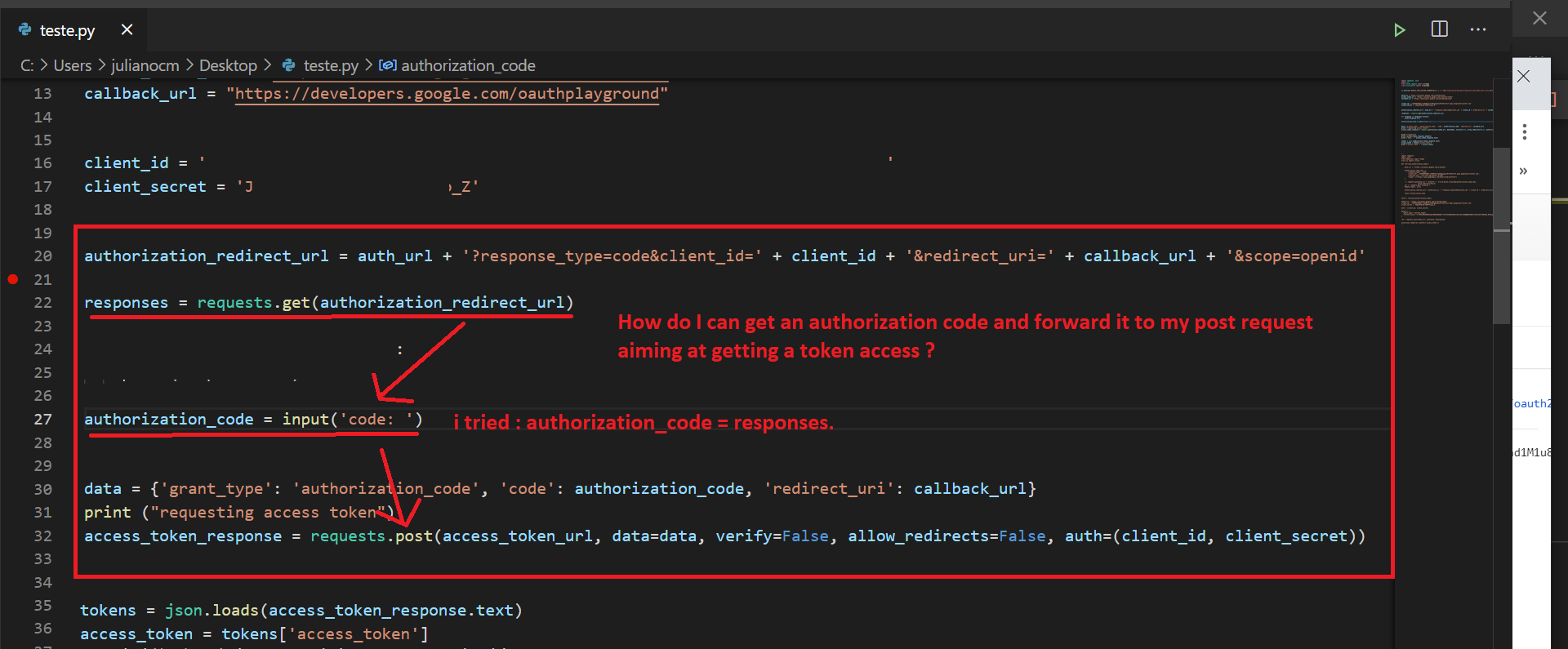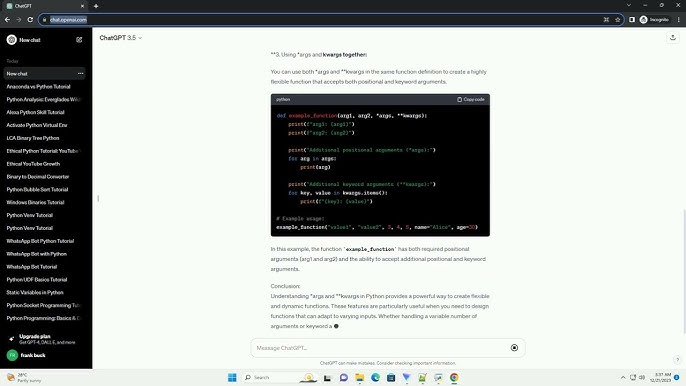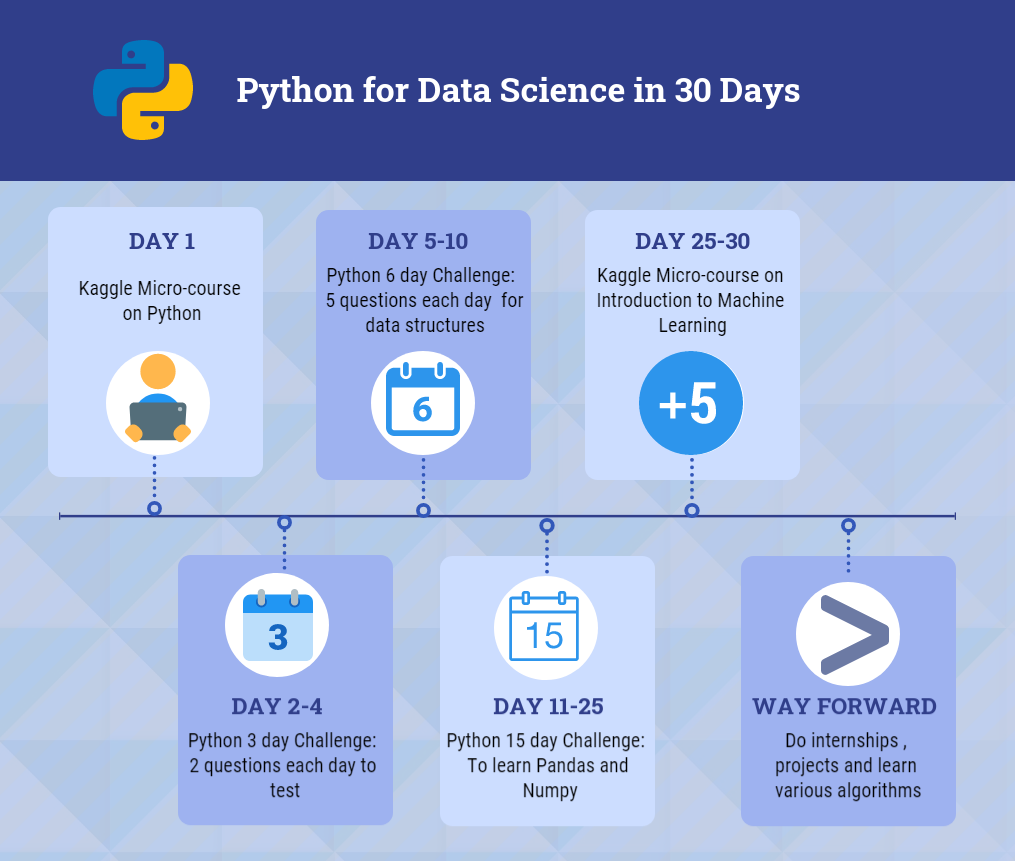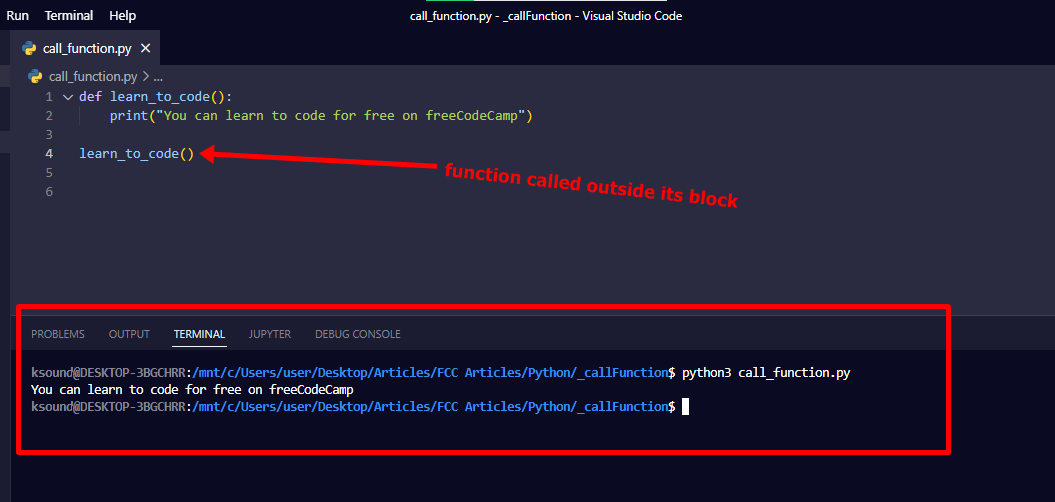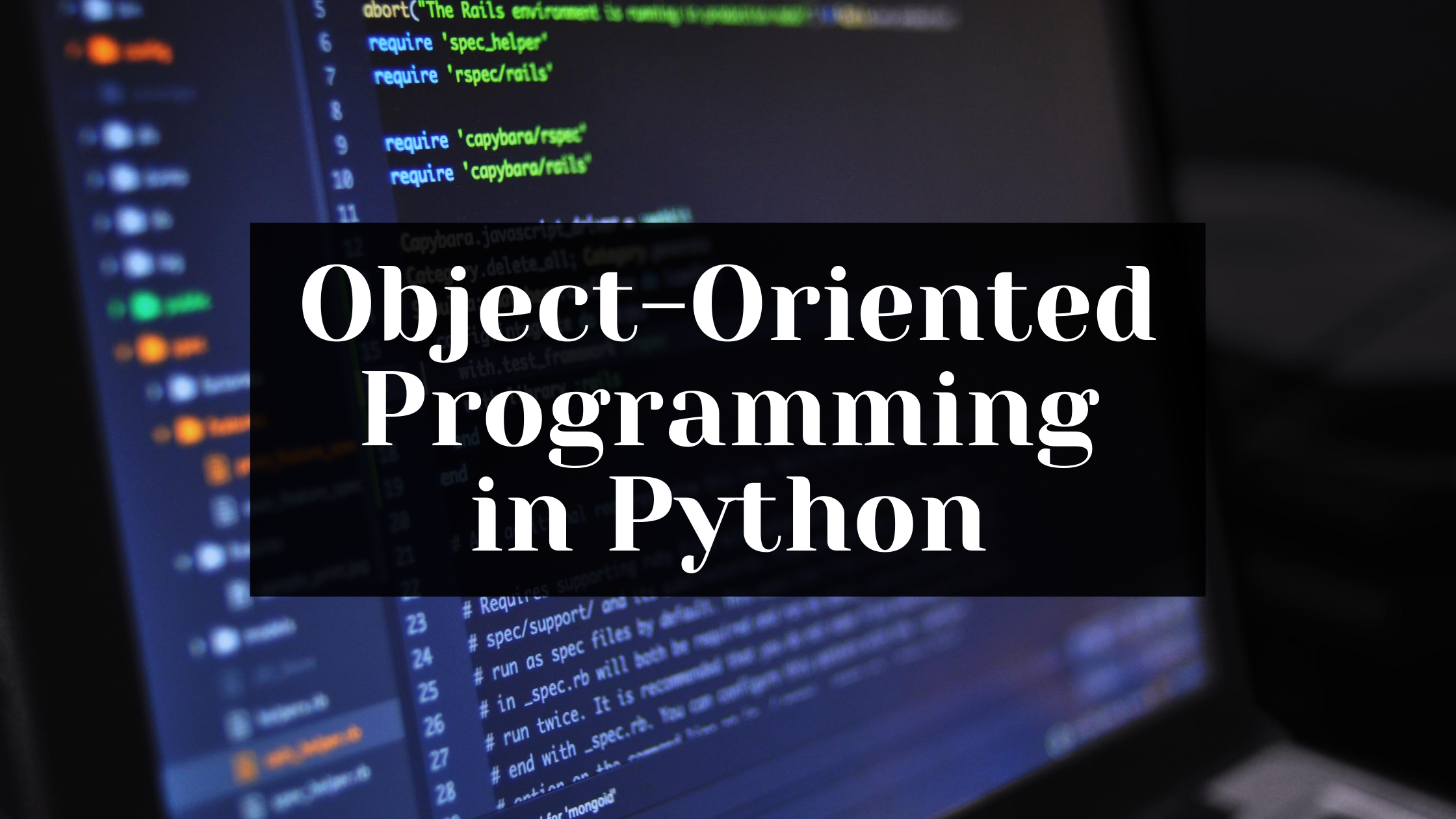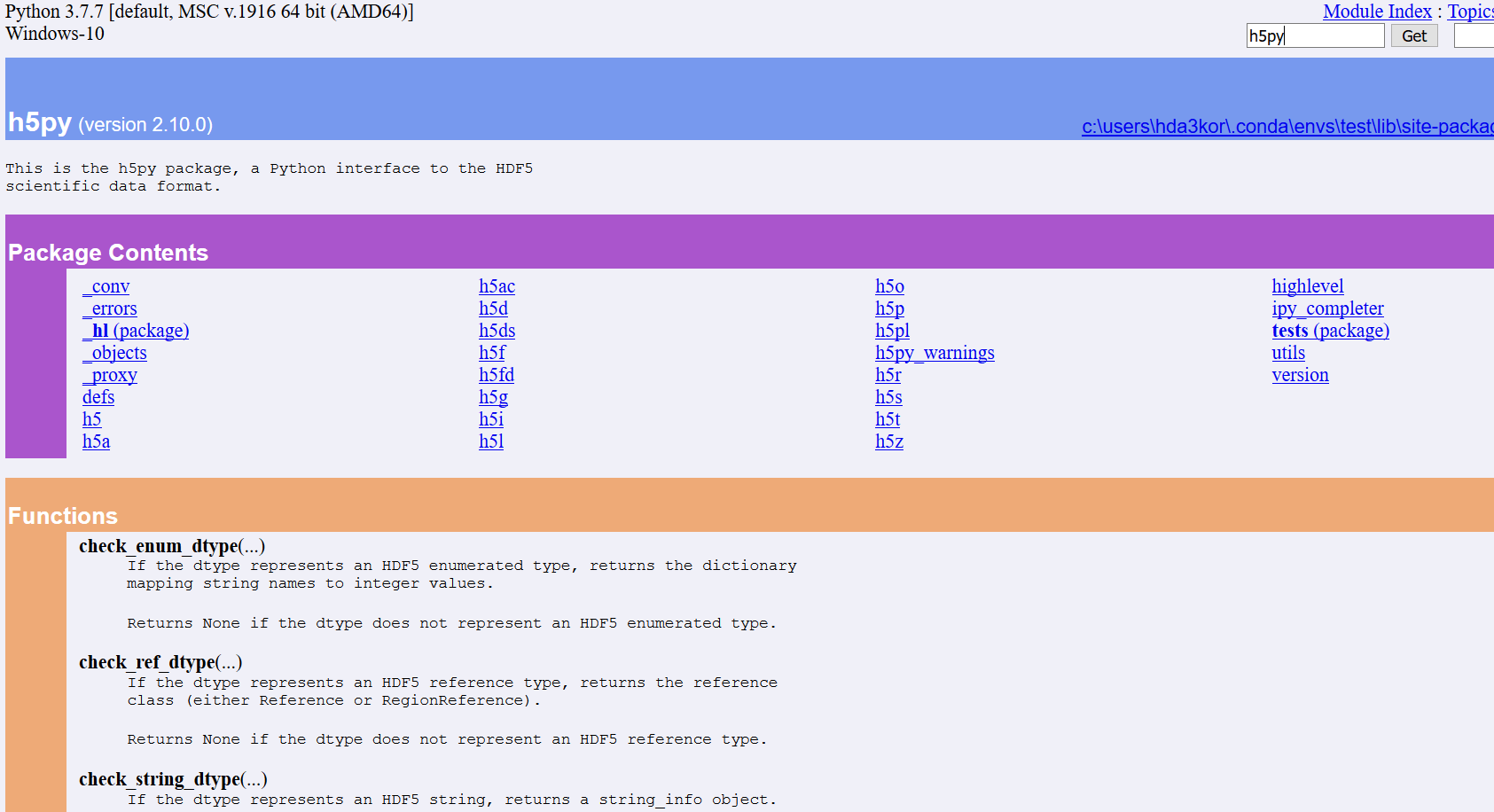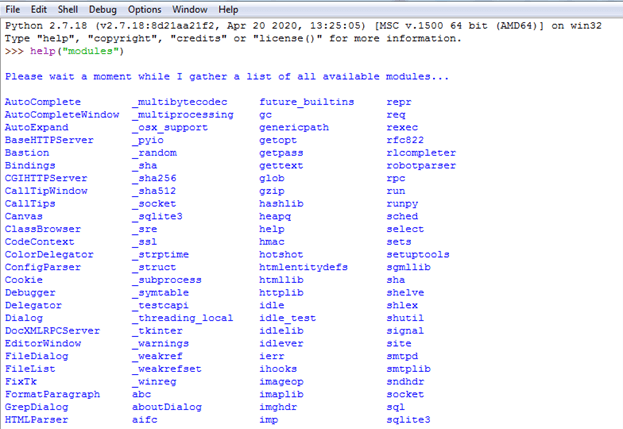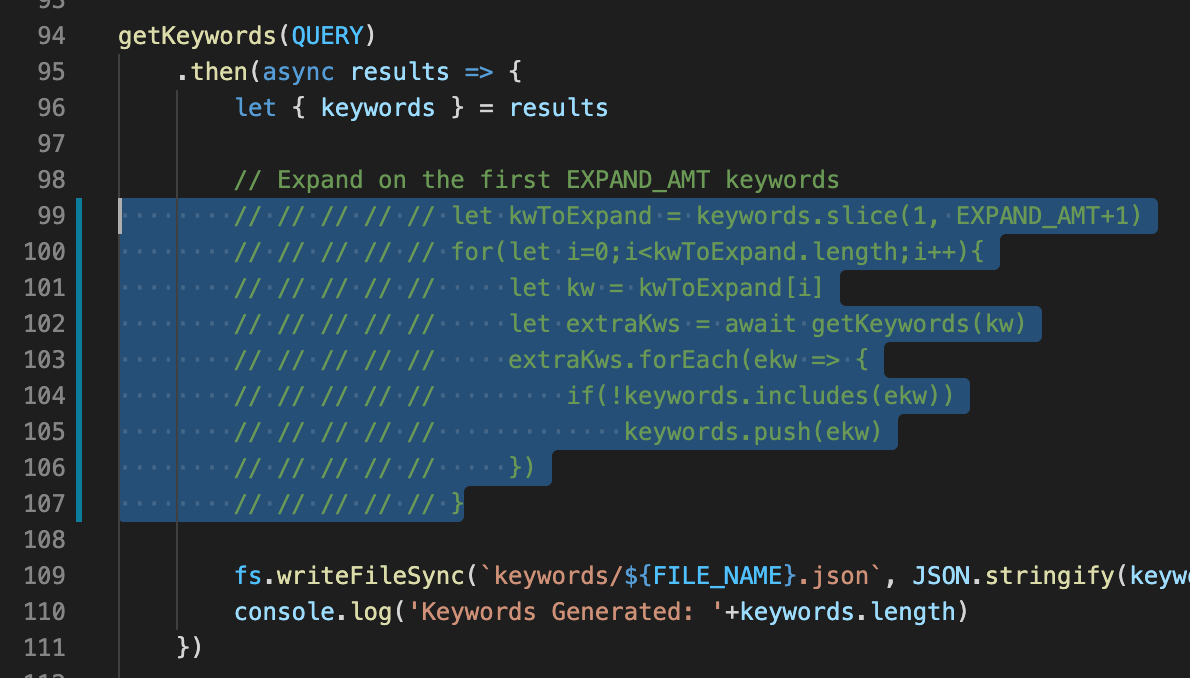Python data structures and Algorithms interview questions
Python data structures and Algorithms interview questions
Here are some common Python data structures and algorithms interview questions, along with their explanations:
Data Structures:
List: A list is a collection of items which can be of any data type including strings, integers, floats, other lists, etc. It's similar to an array in C or Java.Example question: Write a function that takes a list of integers as input and returns the maximum value.
Answer: def max_value(lst): return max(lst)
Example question: Write a function that takes two tuples as input and returns their union.
Answer: def union_tuples(t1, t2): return set(t1) | set(t2)
Example question: Write a function that takes a dictionary as input and returns the sum of all values.
Answer: def sum_values(d): return sum(d.values())
Example question: Write a function that takes two sets as input and returns their intersection.
Answer: def intersect_sets(s1, s2): return s1 & s2
Algorithms:
Sorting: Sorting algorithms like quicksort or mergesort can be used to sort lists of items.Example question: Write a function that sorts a list of integers in descending order using the quicksort algorithm.
Answer: def quicksort_descending(lst): if len(lst) <= 1: return lst; pivot = lst[len(lst)-1]; lesser = [x for x in lst[:-1] if x > pivot]; greater = [x for x in lst[:-1] if x <= pivot]; return quicksort_descending(lesser) + [pivot] + quicksort_descending(greater)
Example question: Write a function that takes a list of integers and an integer target as input, and returns the index of the target if it exists in the list.
Answer: def binary_search(lst, target): low = 0; high = len(lst)-1; while low <= high: mid = (low + high) // 2; if lst[mid] == target: return mid; elif lst[mid] < target: low = mid+1; else: high = mid-1; return -1
Example question: Write a function that takes an undirected graph represented as an adjacency list and returns the number of connected components in the graph using the DFS algorithm.
Answer: def count_connected_components(graph): visited = set(); count = 0; for node in graph: if node not in visited: stack = [node]; while stack: current_node = stack.pop(); visited.add(current_node); for neighbor in graph[current_node]: if neighbor not in visited: stack.append(neighbor) count += 1 return count
Example question: Write a function that takes an integer N as input and returns the Nth Fibonacci number using dynamic programming.
Answer: def fibonacci(N): if N <= 1: return N; dp = [0, 1]; for i in range(2, N+1): dp.append(dp[i-1] + dp[i-2]) return dp[-1]
These are just a few examples of the many data structures and algorithms that can be used in Python. The specific questions you'll face will depend on your role and industry, as well as the company and position you're applying for.
Interview Tips:
Practice: Practice is key to success in any programming interview. Make sure you're comfortable with common data structures and algorithms. Focus on Fundamentals: Focus on fundamental concepts like time complexity, space complexity, and Big-O notation. Be Prepared to Explain Your Code: Be prepared to explain your code and the reasoning behind it. This is crucial for demonstrating your problem-solving skills and understanding of complex algorithms. Read Carefully: Read interview questions carefully and understand what they're asking before you start writing code. Use a Whiteboard or Paper: Use a whiteboard or paper to sketch out pseudocode, flowcharts, or other visual aids when explaining your solution. This can help clarify your thinking and make it easier for the interviewer to follow along.PYTHON Data Structures and Algorithms Udemy
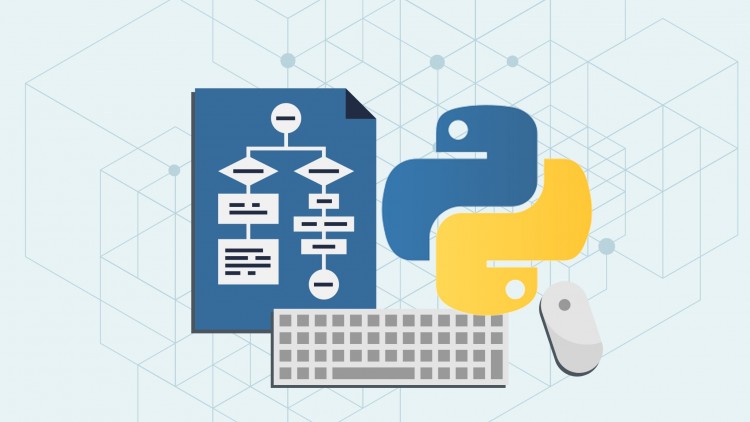
I'm happy to help!

PYTHON Data Structures and Algorithms is an excellent course on Udemy that covers the fundamentals of data structures and algorithms using Python as the programming language. This course is ideal for beginners who want to learn the basics of computer science, as well as experienced programmers who want to improve their skills in these areas.
In this course, you'll learn about different types of data structures such as arrays, lists, dictionaries, sets, stacks, queues, trees, and graphs. You'll also learn how to implement algorithms for sorting, searching, and manipulating data using these data structures. The course is divided into several modules, each focusing on a specific type of data structure or algorithm.

Some of the topics covered in this course include:
Arrays and Lists: Learn about the difference between arrays and lists, how to create and manipulate them, and common operations such as indexing, slicing, and sorting. Dictionaries and Sets: Understand how dictionaries are used for key-value pairs, and sets are used for unordered collections of unique elements. You'll learn how to create, manipulate, and iterate over these data structures. Stacks and Queues: Discover the difference between stacks and queues, and how they're used in programming. You'll learn how to implement a stack using a list or a dictionary, and how to use a queue for implementing job queues or message queues. Trees and Graphs: Learn about tree data structures, including binary trees, AVL trees, and B-trees. You'll also learn about graph data structures, including directed and undirected graphs, and common operations such as traversing and finding paths. Sorting Algorithms: Study various sorting algorithms such as bubble sort, selection sort, insertion sort, merge sort, quicksort, and heapsort. You'll learn how to implement these algorithms using Python. Searching Algorithms: Learn about searching algorithms such as linear search, binary search, and interpolation search. You'll understand how to use these algorithms for finding specific elements in a data structure. Algorithmic Thinking: Practice thinking algorithmically by solving problems that involve designing and implementing algorithms to solve real-world problems.Throughout the course, you'll work on practical exercises and projects to help you reinforce your understanding of the material. The instructor will also provide feedback and guidance to help you improve your skills.
Overall, PYTHON Data Structures and Algorithms is an excellent resource for anyone looking to learn about data structures and algorithms using Python. Whether you're a beginner or an experienced programmer, this course can help you improve your skills in these areas.
